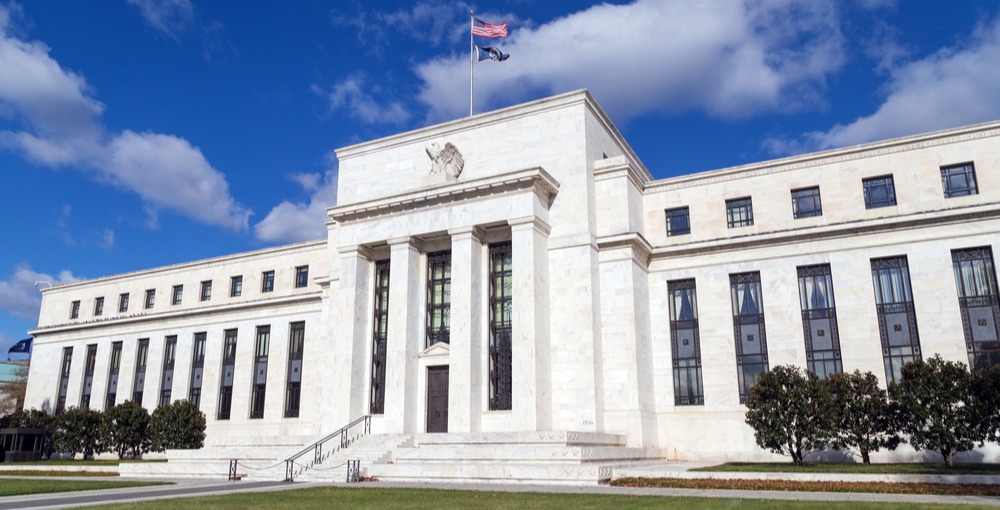8/4 - Weekly Economic Highlights
Aug 4, 2023 | Weekly Highlights

On Wednesday, the US Treasury's credit rating was downgraded by Fitch, a nationally recognized statistical ratings organization that assesses creditworthiness of various institutions, including sovereign entities. The rating was lowered from the highest level of “AAA” to “AA+”, which is only one notch below the highest possible credit rating of “AAA.” The action comes just two months after Fitch warned that it was weighing cutting the credit rating when lawmakers were in political battles over raising the nation’s debt limit. The downgrade cast a shadow over a week expected to be dominated by employment data with a focus upon Friday’s employment report. In addition to the downgrade of the US Treasury, Fitch subsequently downgraded Government Sponsored Enterprises (GSEs); Federal National Mortgage Association (FNMA), Federal Home Loan Mortgage Corporation (FHLMC), and the Farm Credit System’s (FFCB) Long-Term Ratings to “AA+” from “AAA”. According to Fitch, a key rating driver for these GSEs is the benefit provided from the implicit government support which directly links them to the U.S. sovereign rating. On Thursday, Fitch also downgraded Tennessee Valley Authority (TVA) and Private Export Funding Company (PEFCO) from “AAA” to “AA+”.
On the employment front, U.S. employers added fewer jobs than expected in July while the unemployment rate moved slightly lower to 3.5% from 3.6%. Nonfarm payrolls rose 187,000 last month following a revised 185,000 in June. Job gains were led by health care, financial activities, and construction. Average hourly earnings growth was up 0.4% for the month and 4.4% year-over-year. These wage gains provide support for the consumer by outpacing the current rate of inflation. July average hourly earnings were higher than respective estimates of 0.3% and 4.2%. The participation rate remained steady for the fifth straight month at 62.6%. Overall, this labor report can be characterized by soft job gains offset by higher-than-expected wage growth. Additional employment data released this week included the Job Openings and Labor Turnover Survey (JOLTS) report for June which fell to 9.58 million. This was down slightly from the prior month and significantly lower than the 10.3 million reported in April. Although trending lower, by historical standards job openings continue to reflect a strong level of labor demand and equates to approximately 1.6 jobs for every unemployed worker. Jobless claims numbers released on Thursday also accentuated the resilient demand for workers.
Early in the week, the Senior Loan Officer Survey on Bank Lending Practices was released reflecting tighter credit standards and weaker loan demand from both businesses and consumers during the second quarter. Monday’s report which Fed policymakers had access to before their meeting last week suggests credit tightening is ongoing. The ISM Manufacturing Index rose slightly to 46.4 in July from 46.0 in June but was below survey expectations and has been in contraction territory for nine straight months. The ISM Services Index fell to 52.7 in July from the prior months reading of 53.9 but in contrast with US manufacturing, the US service sector has remained in positive territory (above 50) for seven straight months signaling continued expansion.
Investors' heightened concerns about rising borrowing costs was a catalyst in moving U.S stock prices lower this week while longer term Treasuries experienced a selloff before a small rebound post Friday’s employment report. The 2-year treasury is down 8 basis points to 4.80% after starting the week at 4.88%, and the 10-year is up 13 basis points to a nine-month high of 4.09% as of Friday morning. The yield inversion between the 2-year and 10-year treasury narrowed, ending the week at approximately 71 basis points. Next week’s economic releases include several data points related to inflationary trends across the economy including the Consumer Price Index (CPI) by the Bureau of Labor Statistics on Thursday, followed by the Producer Price Index (PPI) on Friday, each of which will be a factor for the direction of the Federal Reserve’s monetary policy at the Federal Open Market Committee (FOMC) meeting next month. The Chandler team believes the Fed will have a difficult time determining the appropriate rate level at which to pause that will be restrictive enough to keep inflation on a path of deceleration but not ultimately result in pushing the US into a recession.
Consumer Credit, NFIB Small Business Optimism Index, Consumer Price Index (CPI), Producer Price Index (PPI), University of Michigan's Sentiment Index
Copyright © 2023. All Rights Reserved
© 2023 Chandler Asset Management, Inc. An Independent Registered Investment Adviser. Data source: Bloomberg, Federal Reserve, and the US Department of Labor. This report is provided for informational purposes only and should not be construed as specific investment or legal advice. The information contained herein was obtained from sources believed to be reliable as of the date of publication, but may become outdated or superseded at any time without notice. Any opinions or views expressed are based on current market conditions and are subject to change. This report may contain forecasts and forward-looking statements which are inherently limited and should not be relied upon as an indicator of future results. Past performance is not indicative of future results. This report is not intended to constitute an offer, solicitation, recommendation, or advice regarding any securities or investment strategy and should not be regarded by recipients as a substitute for the exercise of their own judgment. Fixed income investments are subject to interest rate, credit, and market risk. Interest rate risk: The value of fixed income investments will decline as interest rates rise. Credit risk: the possibility that the borrower may not be able to repay interest and principal. Low-rated bonds generally have to pay higher interest rates to attract investors willing to take on greater risk. Market risk: the bond market, in general, could decline due to economic conditions, especially during periods of rising interest rates.